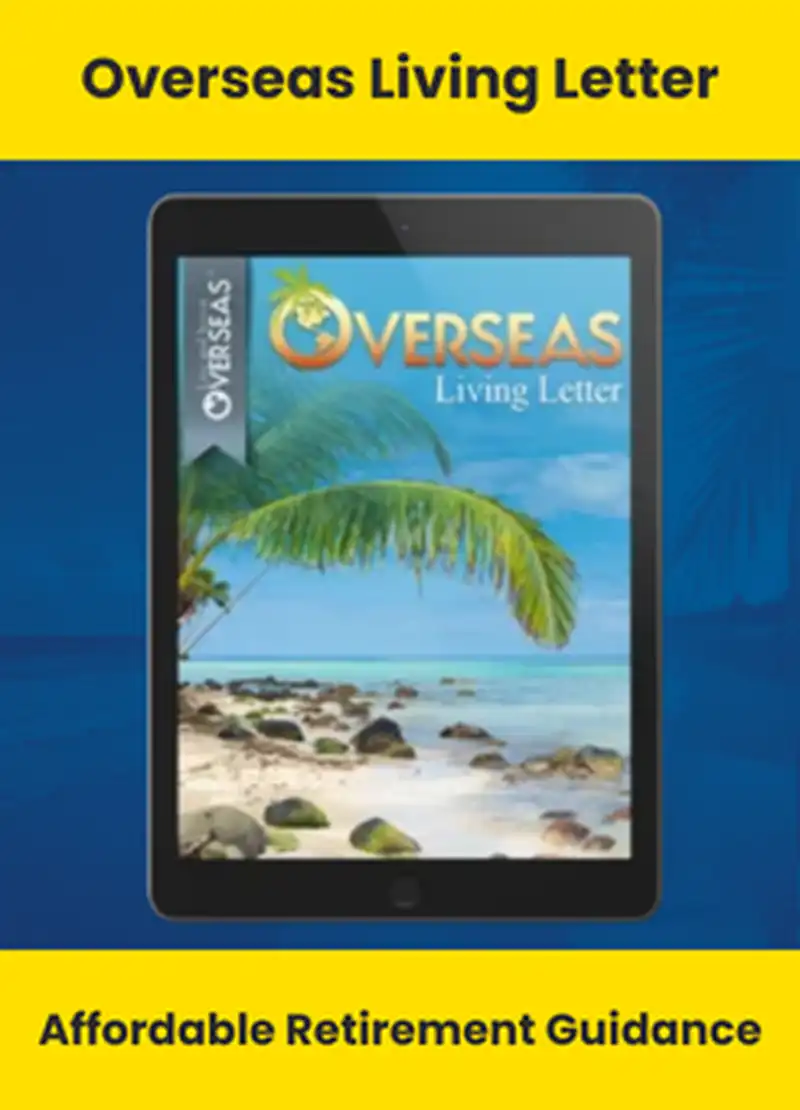I hear lots of parents and grandparents bemoaning the fact that kids’ lives are so regimented these days… how they are never left without supervision and more often than being allowed free play time are shuttled from one organized activity to another.
During my pregnancy, my husband and I often thought back to our childhoods. Our happiest memories are those we spent on our own or out doing nothing in particular with our friends—soccer league and after-school clubs are relegated to the cobwebs of memory.
I spent many a happy day making “salads” from
whatever the woods offered around my grandparents’ house. Harry and his friends tore up the neighborhood on their bikes, playing with G.I. Joes and using moss as homemade ghillie suits. We played with whatever nature offered, relying on our imaginations for entertainment…
We didn’t come in until dark. Or until my grandmother rang the giant bell on the porch that signaled dinner was ready.
And this is exactly the kind of life you could expect for your young family in Belize…
Belize: Life As It Once Was
This country is not the retired-folk-only place that it was a few years ago. From coasts to inland, it’s family-friendly. Azure waters and white-sand beaches are ideal for building sandcastles. Tales of pirates and pilgrims lend themselves to the imagination. Away from the water, you’ve got jungle, rivers, caves, ruins, indigenous cultures to learn about, and archaeological sites to explore…
Plus, Belize is so close to the States, friends and family can hop over whenever they’re inclined.
Ambergris Caye, the country’s most developed island, is home to the largest expat community in Belize—this is unadulterated, unpretentious Caribbean… the sea, sand, and sunshine of the Caymans or the Virgin Islands without the price tag.
If you want coastal Belize, you have Placencia and Dangriga. Head to the hills inland and you have the Cayo, where the appeal isn’t sand and sea but wide-open spaces, miles of unadulterated rain forest, a back-to-basics lifestyle, and really cheap land.
The Real Lifestyle In Belize
But no matter which part of the country you go to, Belize has a “no shirt, no shoes, no problem” lifestyle. It boasts never-ending summertime and is a place where kids can play outside safely, just like we did when we were younger; a place where your family can grow up on wholesome local produce and in a multicultural society where everybody lives side by side.
And if you’re thinking of building your own home, there are few better places than Belize.
However, nearly everything about building in Belize is different from North America… undoubtedly an adventure with a learning curve.
Belize Is Not North America
The biggest difference between designing for Belize and for most North American locations is sun and heat. In a four-season climate, most of us want to have light and even direct sunlight into the house. In Belize, it’s always hot (average temperature 80°F).
The amount of sun shining into the house can make the difference between pleasantly livable… or not.
There are two ways to protect yourself from the often fierce sun of Belize: substantial overhangs outside the windows or window treatments inside. The advantage of building overhangs is that you can then still receive the breeze while being protected from the sun.
You can always resort to the North American approach of ferocious air conditioning, but electricity is costly. Even if you have solar power, air conditioning will up your costs significantly. Battery replacement (about US$800 per battery every five years) is also an issue.
A system for a house with one air-conditioning unit requires five batteries.
As to setup expenses, our correspondent Carolyn Casey tells us, “The initial cost for my solar-powered air conditioning system was US$21,000. However, a traditionally air-conditioned house would run closer to US$60,000 or more.”
How To Design A Belizean Home
Breezes play a critical part in home comfort here… if you exploit them correctly. Carolyn explains that when she and her husband were planning their house, they were told the breeze comes from the east. “It does come from the east… but the northeast. We would have rotated our house a good 30 degrees if we’d known this. As it is, the one wall that has no windows (in the kitchen) faces that northeast direction. The back porch, which faces the river, stands due west.”
There are many ways to take advantage of those gentle yet constant winds. Carolyn’s husband researched this online before they moved and discovered a plan called the dog-leg design. It originated in the American South, and he found a modification applied to construction in Panama.
The dog-leg design features a large open hallway with high ceilings that stretches from the entryway to the back of the house. In Carolyn’s house, the back is the living area, because it faces the river. The bedrooms are closer to the entry, following the dog-leg idea.
A key feature of this design is two rooftop vents to suck the hot air out of the house.
Even before they moved in, as Carolyn’s husband was doing the finishing details on the house, he found that “the wind whips right through the whole house,” doing much to cool and refresh throughout the day.
The bathroom and closet, for example, are closed off from this wind tunnel, and much hotter for it. Windows aimed towards the wind also keep the bedrooms somewhat cool—and that is the difference between a comfortably sleeping baby (and self) or the whole family up during the wee hours.
Besides sun and wind, tropical rain is another factor to consider in design. When they moved into a rental house, the agent advised Carolyn and her husband to always close the windows when they went out. Funnily enough, this wasn’t to prevent crime (this part of Belize is far safer than most U.S. cities). It was in case of sudden rain showers… which can sometimes come horizontally here.
Carolyn’s house is designed with six-foot overhangs outside all windows, which help to make sure rain won’t get in even if the windows are left open. These same overhangs also block direct sunlight from coming into the house in most places most of the time. They are MVPs in Belizean house design.
Another unique design aspect here is the Belizean custom of building your house on stilts. If you live near a river or the ocean, this is prudent, but Belizeans often build their houses on high even if they’re nowhere near a floodplain—rising damp from puddles is reason enough to favor stilts.
If you live near a river or the ocean, this is prudent, but Belizeans often build their houses on stilts even if they’re nowhere near a floodplain—rising damp from puddles is reason enough to favor stilts.
But the design really originated in order to avoid dangerous critters creeping or slithering into the home. It also allowed prevailing breezes to flow through the home in days when fans hadn’t been invented.
Today, stilts allow you a sizeable square footage of shaded space where you can park your car, lawn mower, garden equipment, kids’ bikes, and anything else that might not fit in your house.
If a back-to-basics lifestyle suits you and your family and you’re having trouble finding that back home, Belize might just offer the escape you’re looking for.
The Live and Invest in Belize Virtual Conference
At this 11th annual Live and Invest in Belize Virtual Conference, Feb. 17–19, our experts and expats will walk you through:
- The benefits of QRP residency and what’s required to qualify… as well as how to go about getting residency if you don’t meet QRP rules…
- Day-to-day life here (as told by expats)… from Ambergris Caye to the mainland coast to the Cayo…
- Where to find an expat community for support…
- What’s required to open a bank account…
- Your options for medical care and health insurance…
- Where it makes most sense to buy for investment today…
- How much to build a home…
- How to set up your business (and what businesses tend to work best here)…
- Where to get everything you need to survive (without Walmart and Home Depot)…
- How to live a more self-sufficient life…
- And lots more…
Kat Kalashian
Editor, Live and Invest Overseas Confidential











